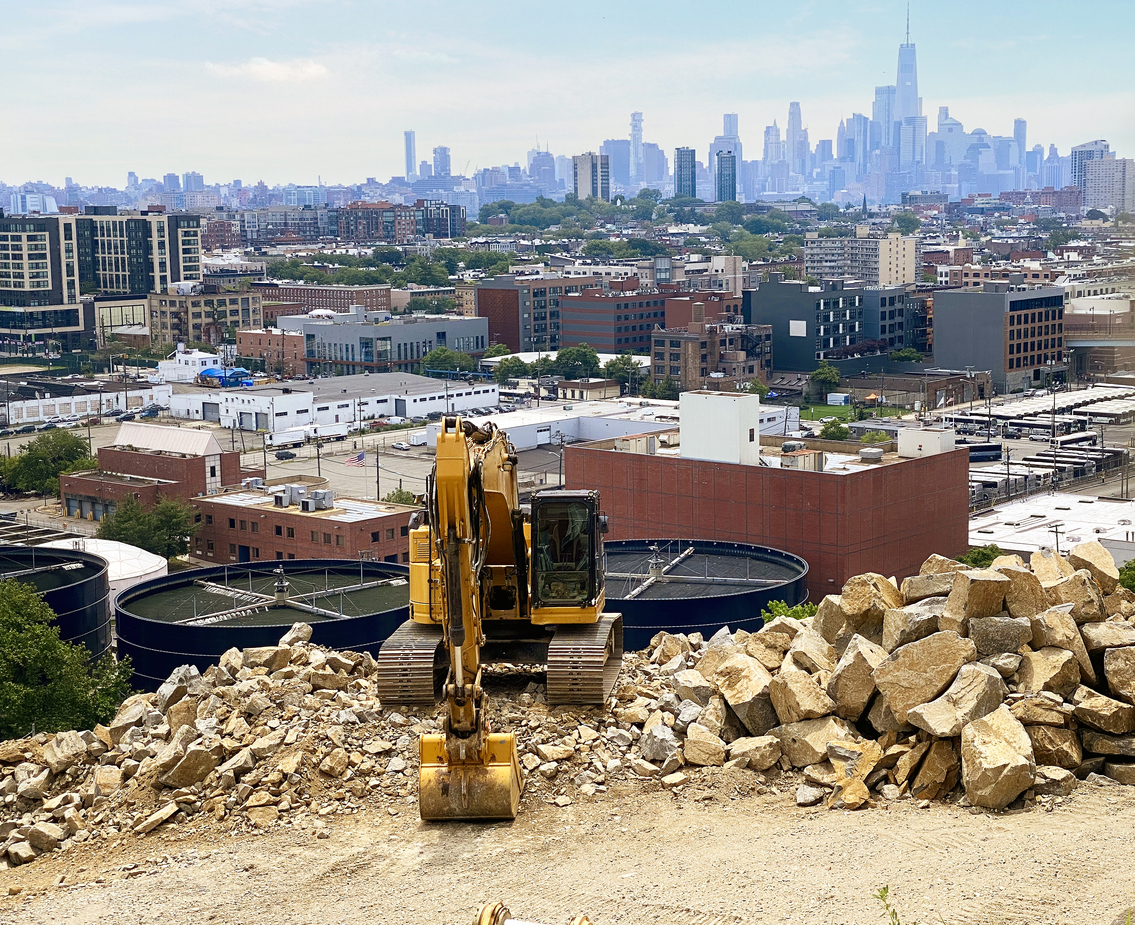
As the construction industry in New Jersey continues to thrive, professionals need to recognize the potential dangers that lurk on construction sites. Accidents can occur at any time, causing severe injuries or even fatalities. That’s why mitigating the top risks on construction sites is so important to ensure the safety of workers and the success of projects. With careful planning and comprehensive builders’ risk insurance, construction companies can focus on the project at hand with greater peace of mind.
Identifying the Top Dangers
Construction sites are dynamic environments where multiple risks intersect. Identifying and understanding the top risks is crucial for developing mitigation strategies and choosing the right builders’ risk insurance coverage.
1. Falls
Falls are one of the leading causes of injuries and fatalities on construction sites. Whether it’s from heights, scaffolding, or ladders, falling can result in severe injuries or even death.
2. Electrical Hazards
Construction sites often involve electrical work, which brings the risk of electrical shocks, burns, and even electrocution.
3. Machinery Accidents
Mishaps involving machinery can lead to severe injuries or fatalities.
4. Collapses
Whether it’s a trench collapse or a structural failure, these incidents can result in serious injuries or fatalities.
5. Hazardous Materials
Construction workers often encounter hazardous materials, such as asbestos, lead, and chemicals. Exposure to these substances may lead to severe health issues, including respiratory problems and cancer.
6. Struck-By Hazards
Moving vehicles, falling objects, and swinging cranes pose impact hazards for workers. Barricades, spotters, and proper loading and unloading procedures can help.
7. Fire and Explosion Hazards
Flammable materials, gases, and dust accumulation can cause fires or explosions if not properly handled or stored.
8. Noise Exposure
Power tools and heavy equipment can cause hearing damage over time for those using them without hearing protection.
9. Muscle Strains
Improper manual lifting and overexertion can cause back and muscle injuries.
10. Pinned or Caught Workers
Workers may get caught in unguarded machinery, have limbs caught between objects, or get crushed by heavy materials.
Dangerous Consequences
The consequences of not effectively mitigating the risks on construction sites can be devastating.
Injuries and Fatalities
Failing to address the top risks on construction sites can result in severe injuries or even fatalities. Additionally, accidents can lead to legal and financial repercussions for construction companies.
Project Delays and Cost Overruns
Accidents and incidents on construction sites can cause project delays and cost overruns. When workers get injured, you must halt work until you resolve the situation, leading to schedule disruptions.
Additionally, accidents often result in increased insurance premiums, legal fees, and compensation claims, which can strain project budgets.
Damage to Reputation
Construction companies with poor safety records risk damaging their reputations in the industry. Clients and stakeholders prioritize safety when selecting contractors, and a history of accidents can deter potential partners.
Builders’ Risk Insurance: A Critical Component
Builders’ risk insurance is a specialized policy that provides coverage for construction projects against various risks, including accidents, theft, and natural disasters. These policies typically cover the project site, materials, equipment, and temporary structures.
In the event of an accident or incident, this insurance can help cover the costs of repairs, replacements, and legal liabilities. Contact us at Provident Protection Plus today to see how we can help!
About Provident Protection Plus
For more than 65 years, Provident Protection Plus has served businesses and residents across several states nationwide. Today, we are a wholly owned subsidiary of Provident Bank, the region’s premier banking institution. To learn more about our coverage options, contact our specialists today at (888) 990-0526.



